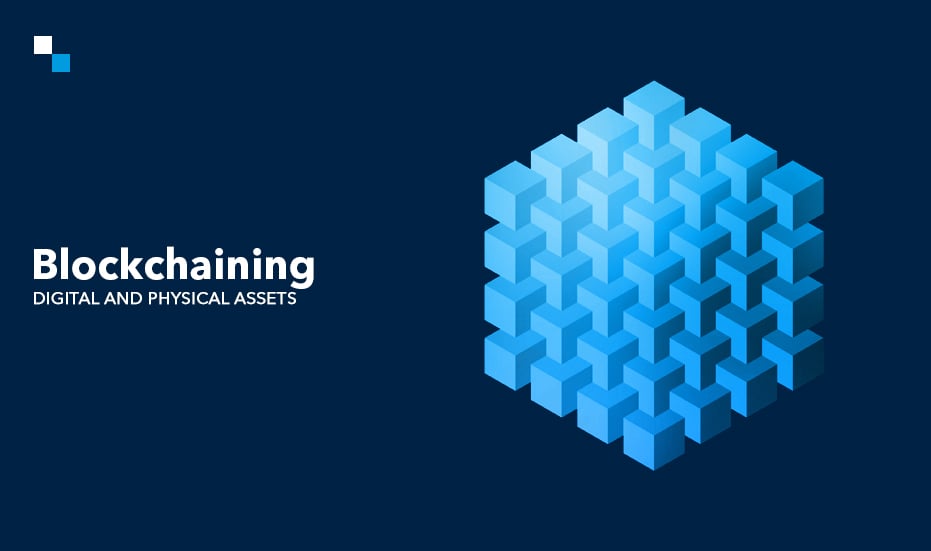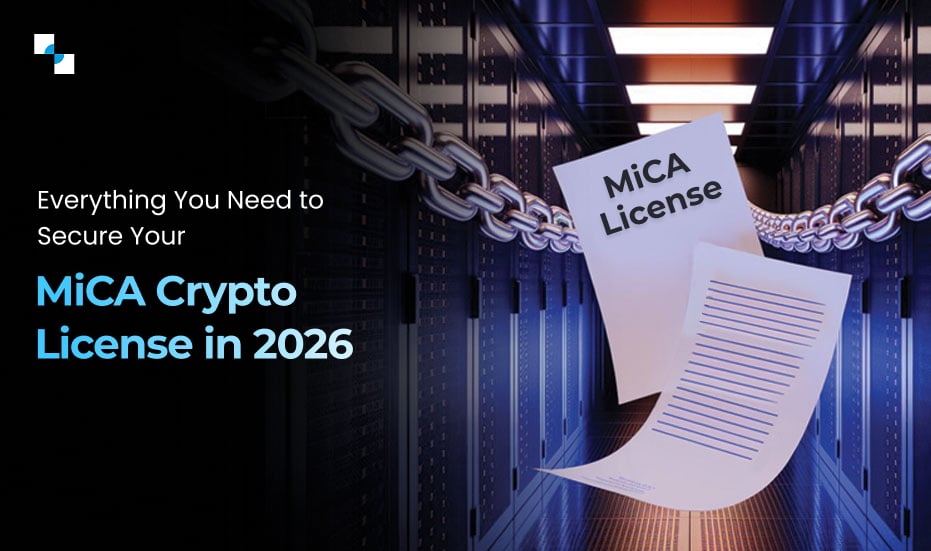There are over 2,000 DePIN projects now serving various use cases on blockchains. Together, they boast a market cap of $26 billion. No wonder this topic is sparking widespread interest among crypto enthusiasts.
But what exactly is DePIN? Why are investors considering top DePIN projects 2024 a dark horse of the crypto bull run? What are the upcoming DePIN projects trends in 2024? This blog post focuses on answering these questions comprehensively.
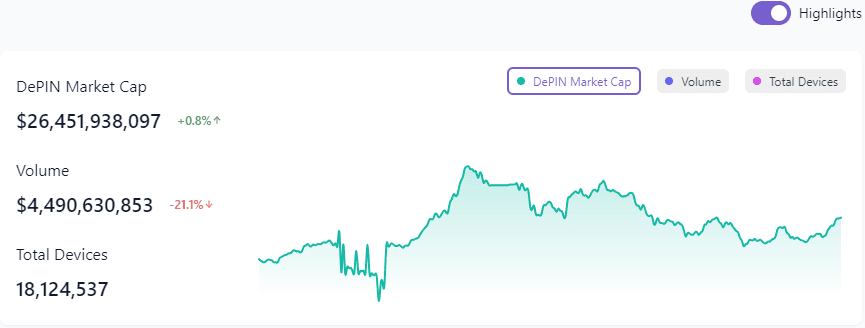
Image source– https://depinscan.io/
Table of Contents
- DePIN – An Overview
- DePIN Flywheel
- DePIN Growth Trends and Real-world Examples
- Top DePIN Projects 2024 You Should Know
- Depinning New Possibilities
DePIN – An Overview
DePIN is a network model that provides a system to decentralize the physical infrastructure such as IoT devices, sensors, renewable energy grids, telecommunications infrastructure, and others. This P2P network enables individuals to contribute resources to physical infrastructure and in return, earn rewards as per the DePIN protocol’s incentive mechanism.
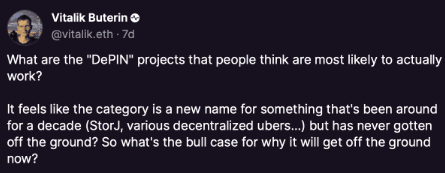
Image Src- https://warpcast.com/vitalik.eth/0x820c1567
Types of DePIN
DePIN is divided into two categories-
- Physical Resource Networks (PRNs):location-based networks where providers contribute hardware resources related to connectivity, mobility, energy, and similar sectors to offer services.
- Digital Resource Networks (DRNs): location-independent; allows providers to contribute digital resources such as shared bandwidth, computing power, or storage facilities without any geographical barriers.
Benefits of DePIN
- Decentralization: DePIN reduces dependency on central authorities, which further enhances transparency and accountability.
- Incentivization: DePIN’s token-based reward system promotes the active involvement of individuals and fosters a self-sustaining ecosystem.
- Permissionless: Anyone can contribute their resources to a DePIN which democratizes access and encourages innovation from diverse contributors.
- Cost Efficiency: DePIN streamlines operational processes by optimizing resource allocation, reducing administrative overhead, and offering a highly cost-efficient system.
- Horizontal Scalability: DePIN can easily scale to accommodate a growing number of participants and infrastructure and ensure smooth operation even with increased demand.
How DePin Operates?
DePIN requires four essential components to function properly:
- Blockchain Architecture: DePIN solutions rely on blockchain architecture, which includes smart contracts to execute predefined conditions, manage transactions, and distribute rewards.
- Physical/Digital Infrastructure: Resources like computing power & energy grids are contributed by organizations or individuals to transmit information or data within a network.
- Token Rewards: Providers earn crypto tokens as an incentive. Participants also receive tokens for their contribution and create an infrastructure economy.
- Off-Chain Network: It handles the actual transfer of resources, whereas blockchain manages transactions and rewards.
Depin Flywheel
The DePIN Flywheel describes the self-reinforcing cycle that drives the network growth. Here’s how it works-
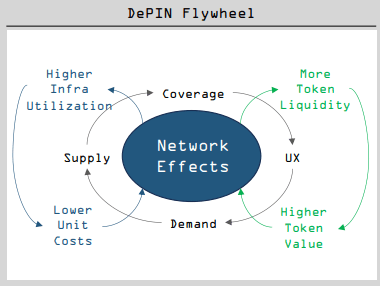
Image source: https://messari.io/report-pdf/f125632168e9a04e016fe43bc551f412389eda4f.pdf
- Increased Usage: The more people utilize the DePIN Web3 network, the demand for its services also grows.
- Token Price Rise: The growing demand drives up the value of the DePIN token.
- Contributor Incentive: The rising token value attracts more organizations or individuals to contribute resources to the network.
- Network Expansion: As more resources are contributed, the DePIN network’s ability to handle extensive users and a broader range of services expands.
- Investor Interest: The network’s growth & increasing token value gain investors traction, which brings financial support and accelerates the network’s development.

DePIN Growth Trends and Real-world Examples
The following are the trends unfolding in the DePIN development space in 2024:
1. Bosch Embraced Web3 with Innovative DePIN Device
Bosch, the multinational engineering and technology marvel, has utilized DePIN solutions. In December 2023, the company collaborated with Peaq and Fetch.ai for the XDK110 Rapid Prototyping Kit. This all-in-one sensor detects temperature, humidity, air pressure, and more, and pairs with different DePIN crypto projects in the Peaq ecosystem to provide network data. Bosch also partnered with Peaq for a P2P-based parking scheme that allows vehicles to autonomously interact with charging stations & facilitate payment over an IoT network.
2. Decentralized Compute is a New Norm
DePIN represents a network of physical hardware. Decentralized computing involves mobilizing the user’s computers to handle complex computation tasks. Traditionally, tasks such as machine learning, video renderings, and data analytics are performed by centralized data centers with high processing capabilities. However, distributed networks offer compelling advantages in terms of costs, security, and decentralization.
Real World Example–
- Render– A P2P marketplace that enables users to contribute their GPU to 3D rendering projects.
- Aleph– A decentralized cloud computing platform that provides serverless computation and storage infrastructure.
3. Active Role in Revolutionizing Sustainability
When it comes to reducing energy waste, the DePIN crypto projects emerge as a prominent solution. Today, substantial energy waste occurs due to the one-way flow of power from centralized generators to retail users. DePIN solutions decentralize the retail energy source, enabling more efficient and better-designed systems.
Real World Example-
- The Green Network – A P2P energy marketplace that allows users on the supply side to receive token rewards for selling power from their portable power banks, electric vehicle charging stations, or home power storage.
- Power Ledger– Emphasis on designing grids from scratch for the seamless exchange of distributed energy resources between users. Power Ledger is also known for the United Nations’ World Summit Award won under the Environment and Green Energy category.
4. DePIN AI Projects
Artificial intelligence is an excellent example of a computationally intensive process. Training LLMs like ChatGPT or Bard involves feeding them massive datasets to identify patterns in word associations. It requires a variety of resources at different stages. In addition to the significant computational power needed for training, high-quality data must also be sourced. Decentralized networks play a crucial role in facilitating both of these tasks, enhancing efficiency and effectiveness.
Real World Example-
- Nosana- A decentralized compute network specifically designed to provide computational resources for AI inference workloads.
- Grass– Allows users to share their excess internet bandwidth, which labs can use to collect public web data for model training.
5. Solana DePIN Projects
Solana is renowned for its excellent performance, scalability, and low transaction fees, making it an ideal blockchain for projects that require fast and affordable micro-payments. The Solana DePIN ecosystem hosts over 25 projects, with prominent ones being Render, Hivemapper, and Helium.
Real World Examples:
- Render – This technology has been integrated into Apple’s latest iPad Pro, highlighting the metamorphic potential of decentralized networks in digital content creation.
- Helium – One of the top DePIN projects on Solana, it has experienced exponential growth in mobile hotspot deployment and subscriber numbers since migrating to the platform.
Top DePIN Projects 2024 You Should Know
The following are the top DePIN projects 2024 that have the potential to redefine industries and enhance user experience.
1. Helium
Wireless DePIN crypto projects like Helium aim to take a share of connectivity services from large network providers. This network employs a multi-token system, where each token has a specific role in supplying network resources and rewarding providers.
2. Hivemapper
Hivemapper is a top DePIN crypto project in the location services niche. Contributors use dashcams to capture high-quality images during their drives and are rewarded with $HONEY tokens. These images are then used to create a global map, accessible to businesses and organizations via Hivemapper Inc.’s Map Image API.
3. Filecoin
Filecoin stands out as a groundbreaking decentralized data storage network, creating a platform where people can lease out their hardware storage in an open market. FIL token in this system plays an essential role in incentivization, governance, and payments.
4. Theta Network
Theta Network is an EVM-compatible platform and a project in the bandwidth network DePIN that comprises a blockchain network and an Edge network. The blockchain manages financial transactions and smart contracts, while the Edge network handles storage and media asset delivery.
5. Arkeen
Arkreen is a decentralized green energy project that incentivizes providers to share data about their energy plants. This data includes details like the capacity of their solar setups and similar information. On the demand side, Renewable Energy Certification (REC) issuers and green computation operators use this electricity data to develop applications and services.

Depinning new possibilities
DePIN has emerged as a significant driver of innovation in the crypto space, disrupting traditional industries and creating exciting new possibilities. Today, businesses are actively exploring this domain and unlocking new revenue streams. If you want to be part of the future of growth, partner with a trusted DePIN development expert like Antier to fully utilize the advantages offered by DePIN solutions. With Antier’s expertise in blockchain technology, businesses can navigate this dynamic landscape and thrive in the competitive world of decentralized innovation.


